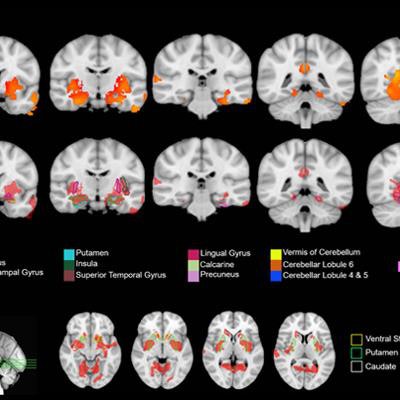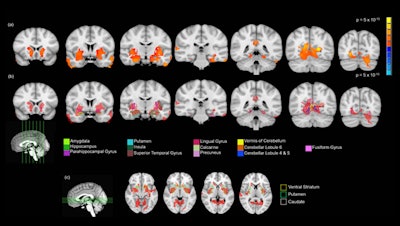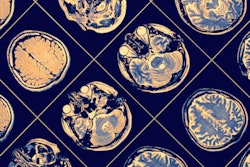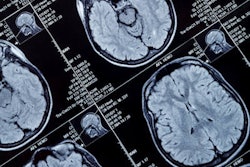
MR images revealed that smoking even a small amount of cannabis increased gray-matter volume in several brain regions in 14-year-olds who imbibed recreationally, according to a study published online January 14 in the Journal of Neuroscience.
The change in brain volume could be particularly noteworthy, given that 10 states and the District of Columbia have passed laws allowing for the recreational use of marijuana by people 21 years and older. Even with the age restriction, there is little doubt that teenagers are able to access pot. The question is: What effect, if any, does cannabis have on these developing brains?
"Consuming just one or two joints seems to change gray-matter volumes in these young adolescents," said senior author Hugh Garavan, PhD, a professor of psychiatry, in a release from the University of Vermont.
The current study is part of Imagen, a European research project designed to explore biological, psychological, and environmental factors during adolescence that could influence brain development and mental health. Imagen researchers have collected brain imaging data from some 2,000 children in Ireland, England, France, and Germany, following them from age 14 through 23.
For this study, the researchers performed MRI scans on 46 young people who reported that they had used cannabis once or twice by age 14. The longitudinal approach of Imagen allowed the researchers to account for any pre-existing conditions or personality traits that may have influenced the results.
The MR images revealed more gray-matter volume in brain regions where cannabis binds in the users than in control subjects who did not use the drug. The biggest differences in gray matter were seen in the amygdala and hippocampus. The amygdala is associated with emotion-related processes, such as fear, while the hippocampus is involved in memory development and spatial skills.
 MRI shows brain regions with significantly greater gray-matter volume in 14-year-old subjects who reported one or two instances of cannabis use than in matched controls. Images courtesy of Orr et al and the Journal of Neuroscience.
MRI shows brain regions with significantly greater gray-matter volume in 14-year-old subjects who reported one or two instances of cannabis use than in matched controls. Images courtesy of Orr et al and the Journal of Neuroscience."The implication is that this [change in gray matter] is potentially a consequence of cannabis use," Garavan said. "Most people would likely assume that one or two joints would have no impact on the brain."
It is too early to determine how the increased gray-matter volume may affect future brain development. Garavan and colleagues speculated that early cannabis use may disrupt the brain's "pruning" process. Pruning occurs naturally as people age, with the brain ridding itself of synapses that it no longer needs. Synapses provide a key connection for nerve cells to communicate with each other throughout the brain.
Typically, at age 14, the adolescent brain undergoes pruning, whereby the brain becomes thinner, rather than thicker, as it refines its synaptic connections, Garavan added.


.fFmgij6Hin.png?auto=compress%2Cformat&fit=crop&h=100&q=70&w=100)





.fFmgij6Hin.png?auto=compress%2Cformat&fit=crop&h=167&q=70&w=250)











